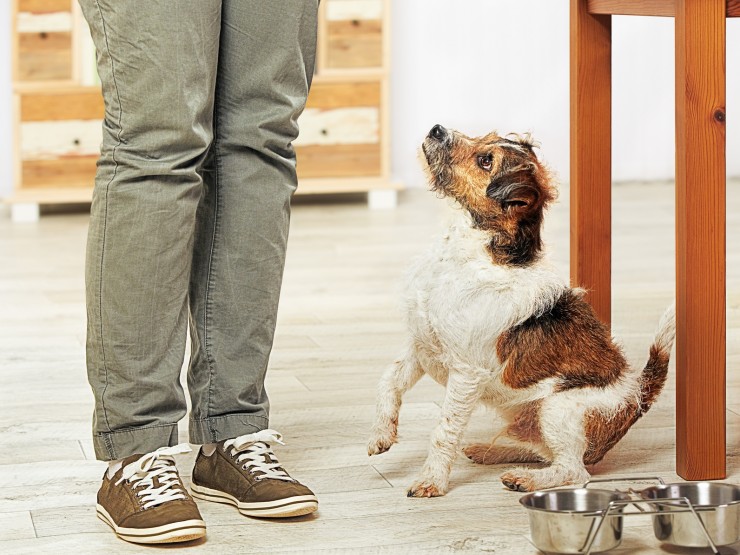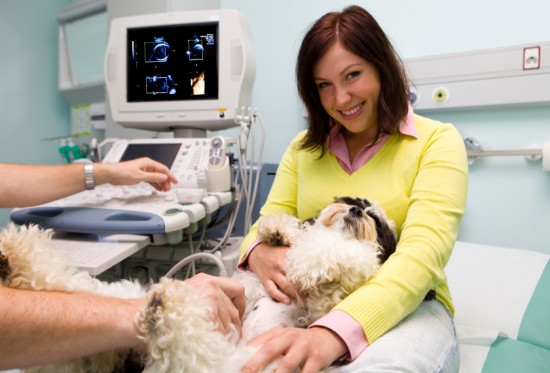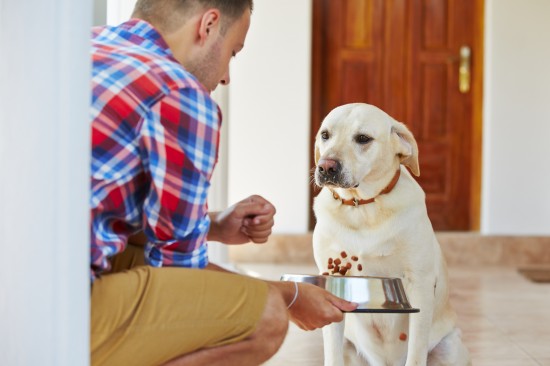Training a dog can be enjoyable and rewarding. Whether conducted in a private setting or a classroom setting, it requires consistency, direction and firmness. In general, dogs are eager to please, but teaching them new skills takes time and energy.
It抯 not necessary to have formal training to teach a dog behavioral skills. It is necessary, however, to be consistent, firm and loving, while making it fun. When dogs know what to expect from their masters, they抮e much more likely to comply. Here are a few tips to make your training experience a rewarding one for both you and your pet.
First of all, it抯 important to begin training as soon as you bring a dog into your home. Whether you have a puppy or an older dog, it抯 important that it knows who抯 in charge. As dogs are pack animals, they need to know their role in the hierarchy of the home. Once the dog can identify its master as the leader, it will be much easier to teach it necessary commands. Some dogs may always test their boundaries, but knowing they have a set role in the family gives them a measure of comfort.
Secondly, make it fun for the dog. Speaking in a soothing, encouraging voice, and lavishing praise on your pet when it follows direction helps reinforce the lesson learned. If a dog thinks sitting, staying or fetching is fun, it will be more likely to perform on command. When training a dog, it can be frustrating in the beginning if the dog doesn抰 follow direction. If this happens, stop the training session. Dogs can sense stressful situations, and react accordingly. Lessons should be enjoyable for a dog. Practicing positive reinforcement goes much further than teaching a dog to fear its master. If it thinks it抯 playing a game, it抯 more interested in participating.
Next, be consistent. If you抮e teaching a dog the 搒it?command, and it抯 rewarded whether it sits or not, it won抰 learn the lesson. Follow through is critical during training. A dog must be able to identify consequences for its actions. If it carries out the command, it抯 praised. If it doesn抰 do what抯 been asked, it isn抰. Sending mixed messages to the dog will make training that much more difficult.
Use the same hand signals and/or simple verbal commands for each lesson. If you抮e teaching your dog to stay off the sofa, repeating the same word, such as 搊ff,?each time is much more effective than using different words, like 揹own?and 揼o,?interchangeably. The dog needs simple, clear, consistent direction to best understand and carry out its duties.
Also, every member of the family must commit to taking part in training the dog. If one parent enforces the rules, and someone else in the home doesn抰, the dog will quickly figure out that it can get away with misbehaving, and all the work the trainer did can unravel.
Dogs can get bored with lengthy training sessions. Positive gains can be seen in just a few minutes per session. Focusing on one trick for too long can cause the dog to tune out entirely, while shorter sessions spread throughout the week can be effective and enforce lessons. As your dog learns tricks, add new ones. This way, their confidence grows when they can respond to commands they抮e familiar with, but they can look forward to learning something new. They enjoy pleasing their masters, and can withdraw if they sense that they抮e not doing so.
Formal obedience training is also an option, for owners who would like to reinforce lessons they抮e teaching at home. Professional trainers have experience with a wide variety of different breeds and temperaments, and adjust their teaching methods accordingly. Also, group training is a great time to work on socializing your dog, or teaching it to be more comfortable around and tolerant of other dogs.
A common reason dogs are dropped off at shelters is because they抮e not trained. Generally, it抯 a simple matter of spending enough time with the dog, and consistently enforcing rules. Not only is it rewarding for the dog, it抯 rewarding for the master as well. When a dog performs a newly-learned command for the first time, it抯 cause for celebration. Not only is a well-behaved dog a joy to be around, but training a dog can create an unbreakable bond between dog and master.

 Kitchen Scraps You Can Safely Give To Your Dog As Special Treats
Kitchen Scraps Yo
Kitchen Scraps You Can Safely Give To Your Dog As Special Treats
Kitchen Scraps Yo
 Dog Pregnancy - A Week By Week Pregnancy Calendar
Dog Pregnancy - A
Dog Pregnancy - A Week By Week Pregnancy Calendar
Dog Pregnancy - A
 If You Are Planning To Breed From Your Cat Or Have Already Done So And The Time For Weani
If You Are Planni
If You Are Planning To Breed From Your Cat Or Have Already Done So And The Time For Weani
If You Are Planni
 10 Tips To Entice Discerning Dogs To Eat
10 Tips To Entice
10 Tips To Entice Discerning Dogs To Eat
10 Tips To Entice
 10 Faqs & Answers About Chicken Keeping
10 Faqs & Answers
10 Faqs & Answers About Chicken Keeping
10 Faqs & Answers